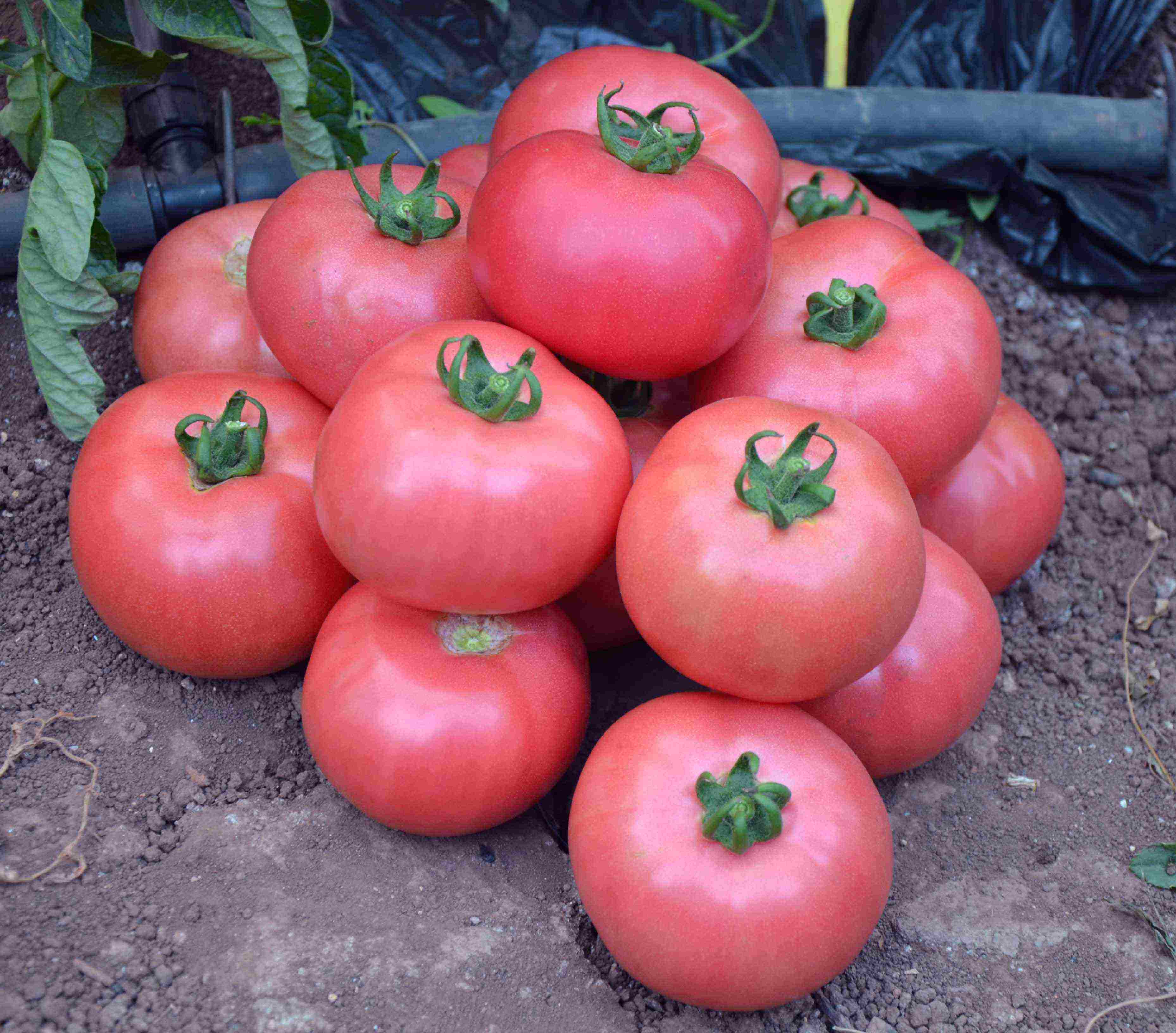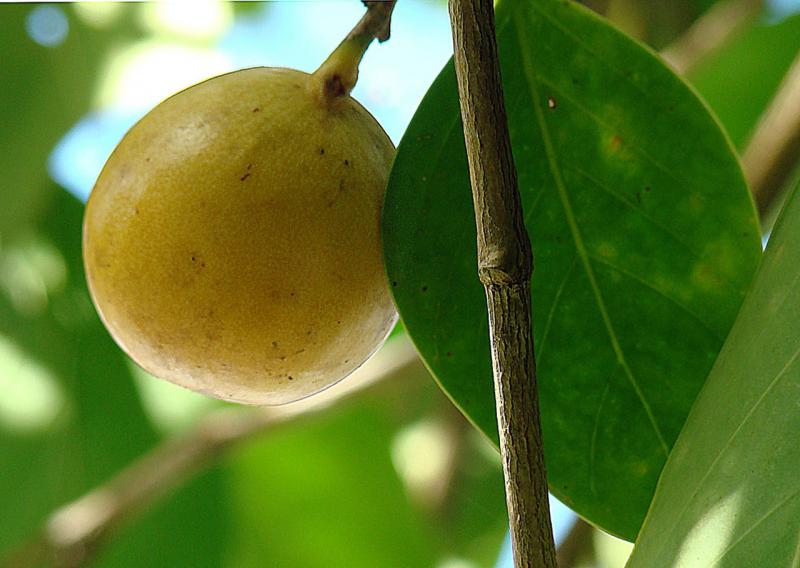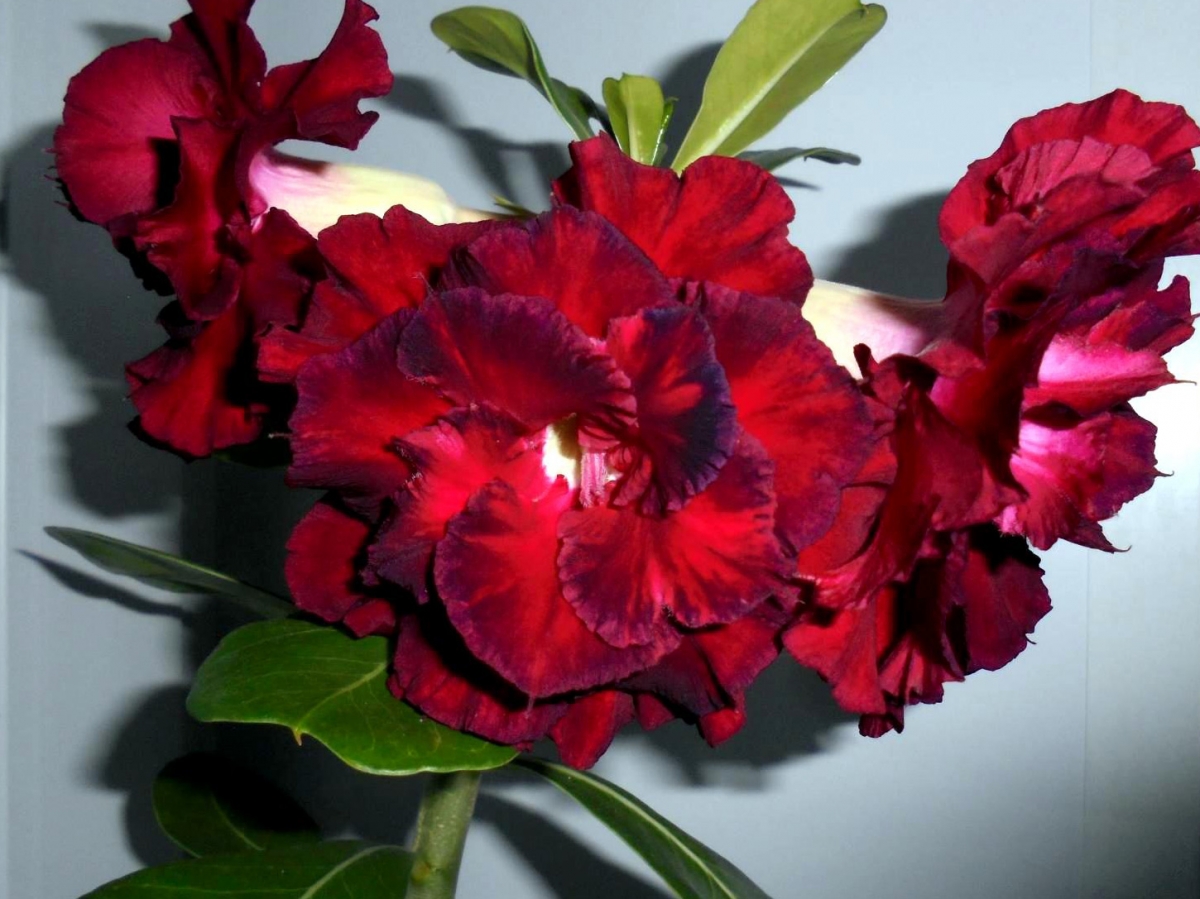Even the most delicate and beautiful flowers can contain substances that are toxic to humans. They can cause irreparable damage to health and even lead to death. That is why it is important to know which flowers on the site can be dangerous.
Snowdrop
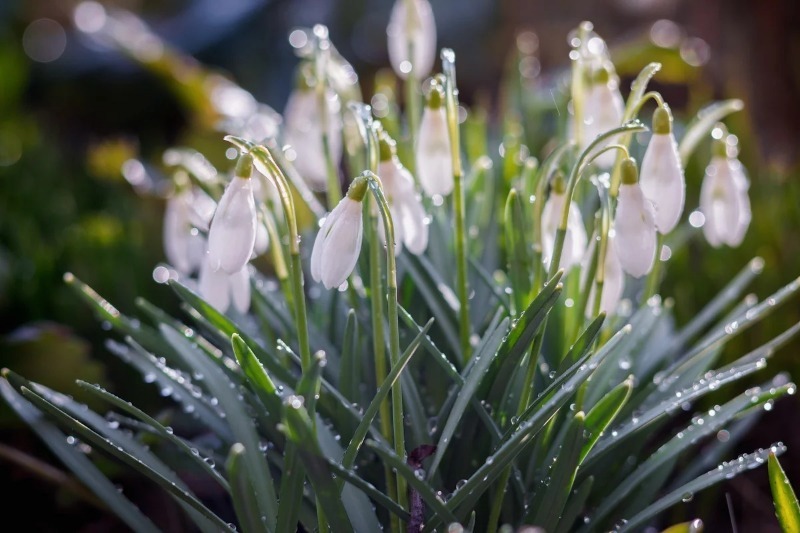
Snowdrop is recognized by official medicine as a medicinal plant. The people abandoned the flower because of the high risk of poisoning.
All parts of the plant are dangerous, it is categorically impossible to use it in teas and collections. Since the flower bulbs contain galantamine and lycorin, they are actively used in the medical industry. The drugs produced are poisonous and sold by prescription.
Eating bulbs, fruits, and the rest of the snowdrop can cause dizziness, bradycardia, nausea and vomiting.
Buttercup
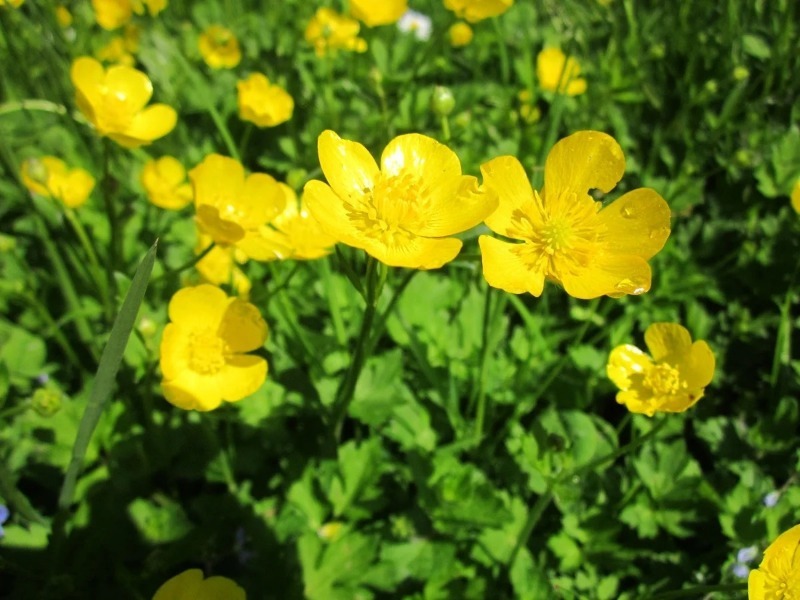
All parts of the buttercup contain protoanemonin. This toxic substance irritates the mucous membranes and excites the central nervous system. Once in the blood in large quantities, it can cause disruptions in the functioning of the kidneys, heart, liver and gastrointestinal tract.
Buttercup juice irritates the eyes and burns the cornea. Inhalation of the flower scent may cause coughing and watery eyes. On contact with skin, redness, blistering and suppuration.
Night blindness is especially dangerous for pets. Dogs are more prone to damage to toxins than others.
Lily of the valley

All parts of the beautiful plant are poisonous and contain convallatoxin. The largest amount of poison is found in berries. Eating them can be fatal. For a child, only 2-3 berries can become a lethal dose.
Lily of the valley glycosides can cause arrhythmias and disrupt heart function. If they enter the body, severe nausea and vomiting will appear, diarrhea and seizures may occur, and a decrease in blood pressure.
In case of serious poisoning, the victim may experience hallucinations and confusion.
Aconite
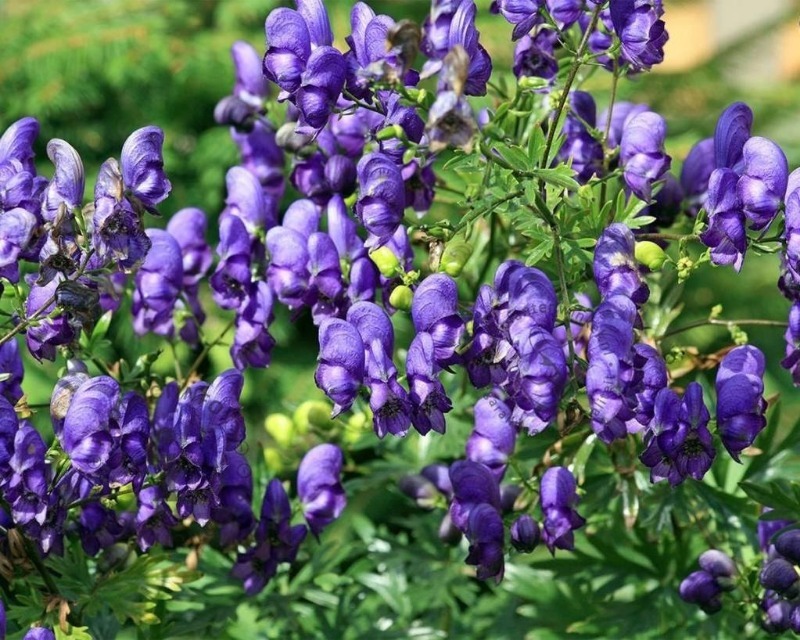
Aconite (wrestler) is extremely dangerous and prohibited for use in medicine. Everything in a plant is toxic: from pollen to roots. It contains at least 30 alkaloids that act on the central nervous system, cause convulsions and respiratory paralysis.
The main poisonous compound is aconitine, most of all in the roots of aconite.
For humans, 2 grams of any part of the plant are lethal. When poisoning occurs, tingling in the mouth, abdominal pain, vomiting, diarrhea. Numbness of various parts of the body, burning sensation in the chest, blurred vision are possible. If a large amount of aconite enters the body, death can occur in 3-4 hours.
For animals, the wrestler is also a mortal danger.
Red elderberry
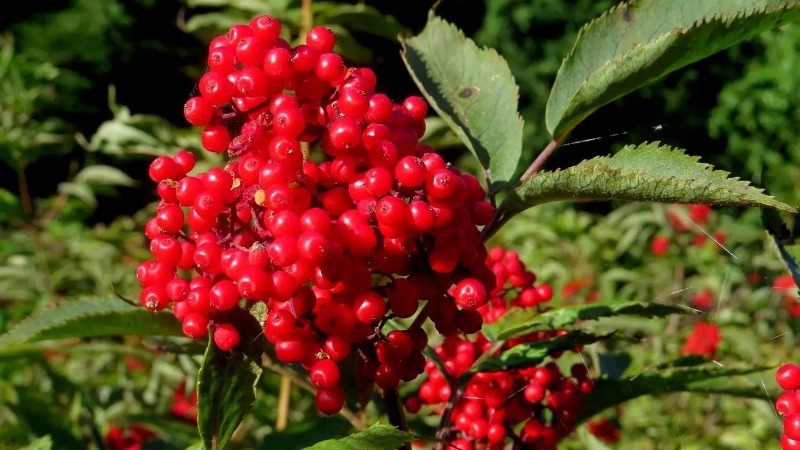
All parts of the shrub contain dangerous glycosides, and the berries and leaves of the red elderberry contain sambunigrin. Penetrating into the esophagus, it is divided into aldehyde and hydrocyanic acid and causes severe poisoning and disruption of the brain.
Upon contact with a plant, toxic substances also enter the body. There are cases of poisoning with medicinal tinctures of red elderberry.
Most often, children can get poisoned with attractive berries.
20-30 minutes after the elderberry enters the body, headache, bradycardia, vomiting and nausea, sore throat may appear. Heart failure can be fatal.
Digitalis
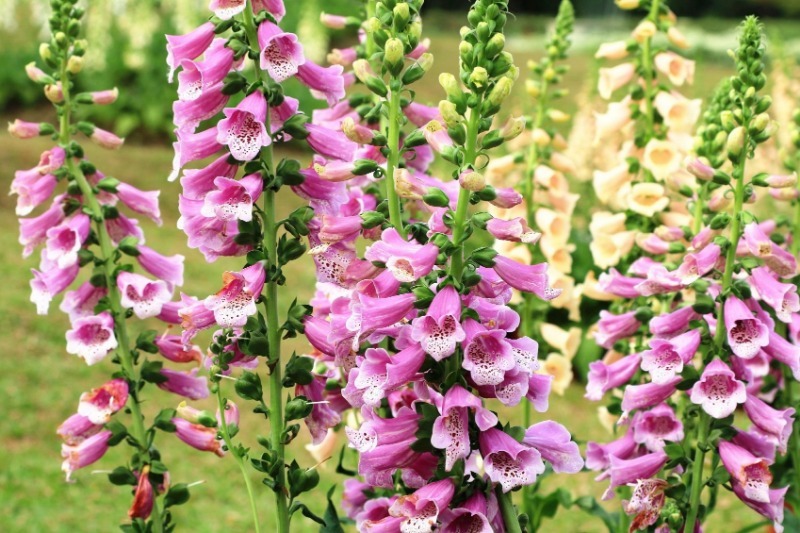
All types of digitalis (digitalis) contain lanatosides and complex glycosides that disrupt the work of the heart and have a local irritating effect.The leaves of the plant are the most poisonous. The lethal dose is more than 2.25 g.
In case of poisoning, a heart attack (in a severe case, cardiac arrest), headaches, a drop in pulse rate, vomiting and nausea, convulsions and hallucinations are possible.
The greatest danger digitalis poses to children and pets.
Colchicum

The most poisonous are the bulbs and seeds of colchicum, they contain toxic alkaloids: colchicine, colchamin, specosamine. The most dangerous of these is colchicine. It causes severe swelling of the mucous membranes, reduces the production of insulin, affects the kidneys and central nervous system, and has an abortive effect. Does not collapse during heat treatment.
A lethal dose for a child can be 1.5 g of seeds, and for an adult - 6 g. Often poisoning occurs with tinctures on the plant bulbs used for self-medication.
Castor oil plant
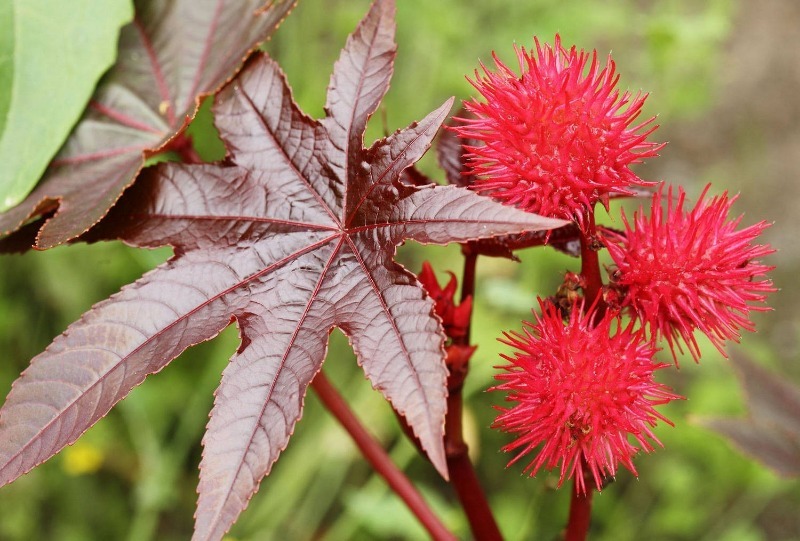
The castor oil plant, which adorns the plots of brave gardeners, is fraught with mortal danger. All parts of the plant are poisonous, they contain the alkaloid ricinin and the protein ricin, which are extremely toxic to humans and animals.
Eating the seeds causes vomiting, colic and stomach bleeding. Death is possible in 5-7 days. For a child, 6-7 seeds are enough, for an adult - about 20.
Ricin irreversibly destroys human tissue proteins and causes irreparable damage to health. There is no effective antidote against it.
Belladonna

Belladonna (belladonna) is one of the most poisonous plants. All its organs are toxic, but berries are the most dangerous. Belladonna contains oxycoumarins, atropine, cuskgigrin and scopoletin and can cause severe intoxication.
In case of poisoning, the victim's breathing is disturbed, the heart rate changes, seizures and hallucinations may appear. In the first minutes, dry mouth appears, swallowing and speech are difficult, pupils dilate. Respiratory paralysis and vascular insufficiency can be fatal.
Wolf bast
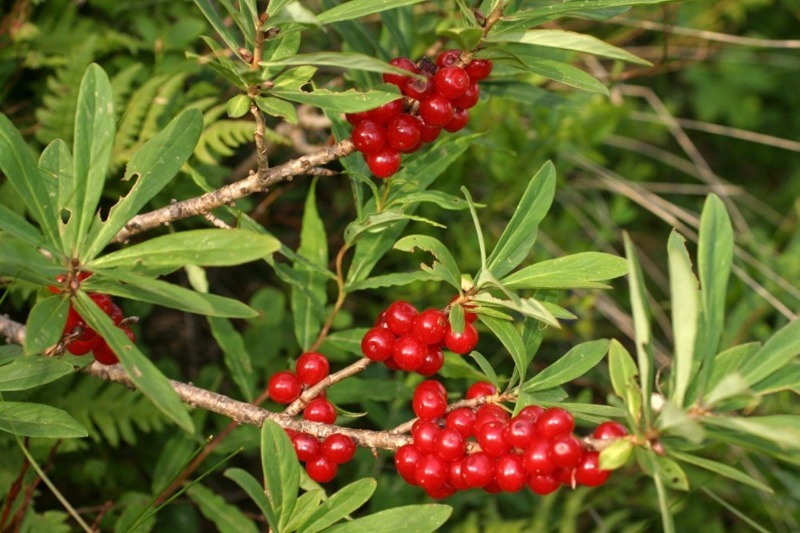
Wolf bast (wolfberry) is included in the list of the ten most poisonous plants in Russia. Contained in all its parts, meserein resin and dafrin glycoside contribute to rapid bleeding and indigestion, cause skin irritation and blistering.
After eating the berries of the plant, a burning sensation appears in the mouth, vomiting, weakness and convulsions are possible. The body's reaction can be the most unpredictable: from mild dizziness to death. For the death of an adult, 10-12 berries are enough.
Breathing in pollen and dust from the bark also causes migraines and dizziness.
